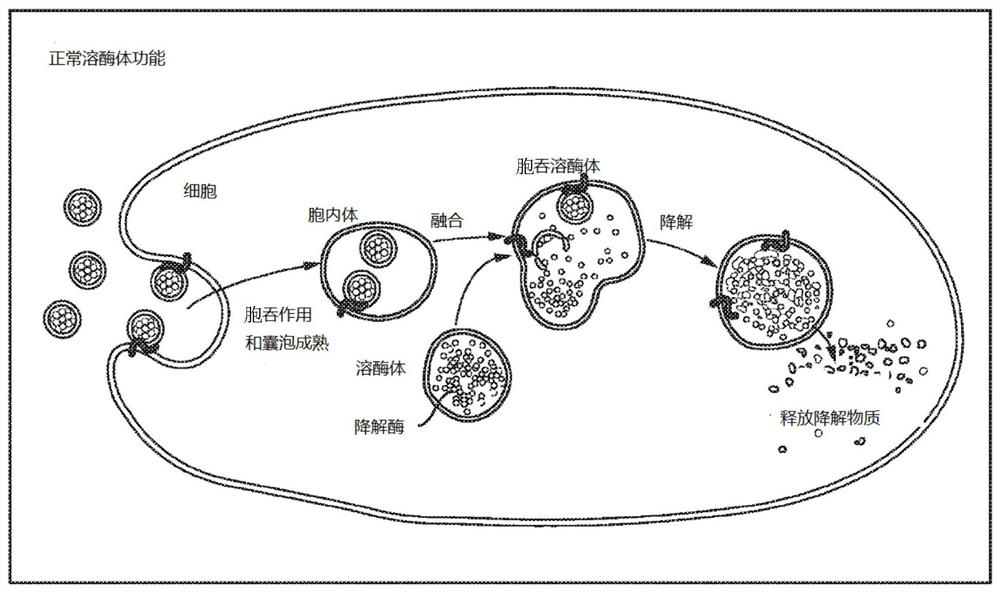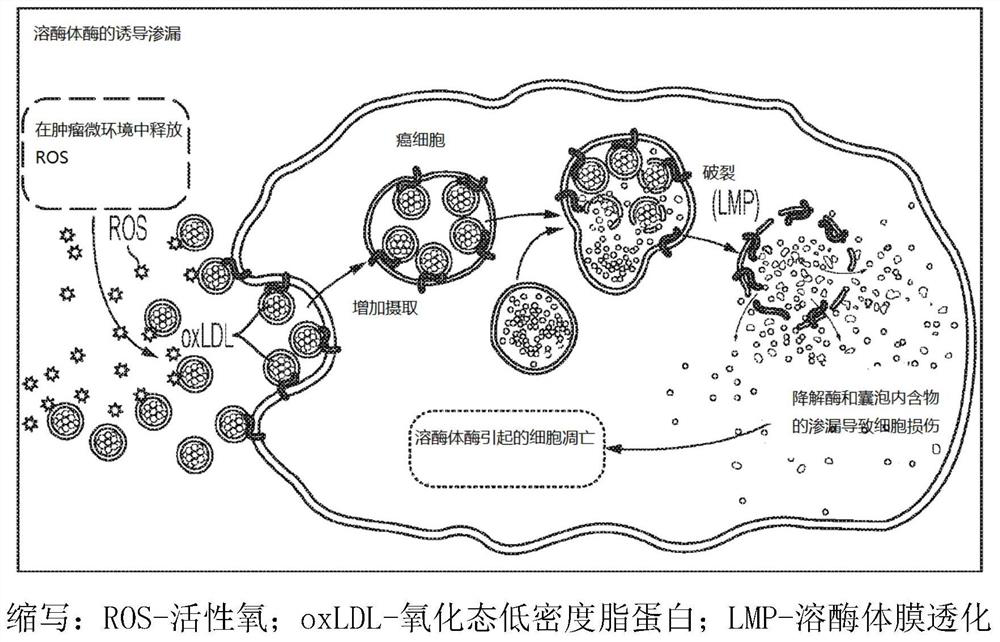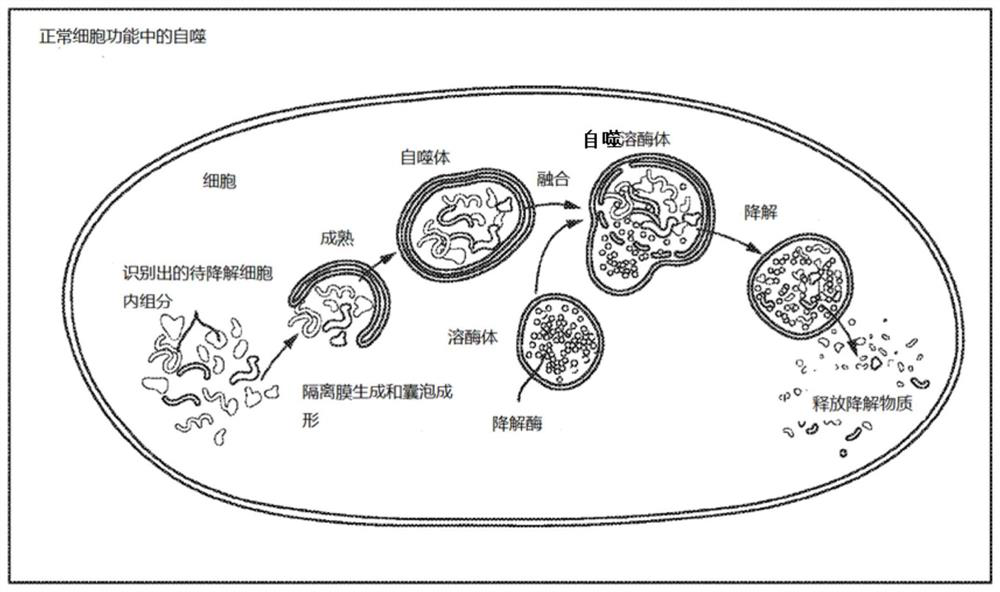Systems and methods for lysosome induced immunogenic cell death
A lysosomal membrane and antibody technology, applied in the direction of anti-animal/human immunoglobulin, anti-receptor/cell surface antigen/cell surface determinant immunoglobulin, antibody, etc., can solve the problem of high mortality of cancer patients
- Summary
- Abstract
- Description
- Claims
- Application Information
AI Technical Summary
Problems solved by technology
Method used
Image
Examples
Embodiment 1
[0078] The generation of neoantigens is a step in the development of immunogenic cell death (ICD). Lysosomes contain various degradative enzymes, including proteases, glycosidases, and phosphatases. If released into the cytoplasm, these enzymes degrade intracellular material and, in the process, may generate neoantigens. These neoantigens are then taken up by dendritic cells and macrophages. These dendritic cells and macrophages migrate to the lymph nodes, where neoantigens activate T and B cells, which then lead to cell death by activating the adaptive immune system.
Embodiment 2
[0080] In this prophetic embodiment, a composition comprising a complex and an enzyme is provided for a human subject having a tumor, wherein the complex comprises an antibody that recognizes the tumor. In some cases, the antibody is a commercially available antibody, such as a tumor recognizing antibody or a monoclonal antibody.
[0081] This enzyme is an enzyme that causes lysosomal leakage, which can lead to the production of antigens. In this embodiment, the enzyme is an oxidase that generates reactive oxygen species, which damages or ruptures the lysosome and causes it to leak. Oxidases are capable of generating reactive oxygen species, such as superoxide. In this embodiment, the oxidase is xanthine oxidase.
[0082] The xanthine oxidase is covalently complexed to the antibody and administered intravenously or intramuscularly to the subject. When the antibody targets the tumor, the enzyme reacts with the lysosome, causing damage or rupture, which produces the antigen a...
Embodiment 3
[0084] In this prophetic example, the human subject was treated as in Example 2, but in addition the subject received a regimen of deactivation and / or reduction of antioxidants that may May interfere with the action of the compound. In one example, the subject is provided with an unsaturated fatty acid, such as CH 2 =CHCOOH. Fatty acids can inhibit the action of antioxidants, causing a greater response of the complex.
PUM
 Login to View More
Login to View More Abstract
Description
Claims
Application Information
 Login to View More
Login to View More - R&D
- Intellectual Property
- Life Sciences
- Materials
- Tech Scout
- Unparalleled Data Quality
- Higher Quality Content
- 60% Fewer Hallucinations
Browse by: Latest US Patents, China's latest patents, Technical Efficacy Thesaurus, Application Domain, Technology Topic, Popular Technical Reports.
© 2025 PatSnap. All rights reserved.Legal|Privacy policy|Modern Slavery Act Transparency Statement|Sitemap|About US| Contact US: help@patsnap.com



